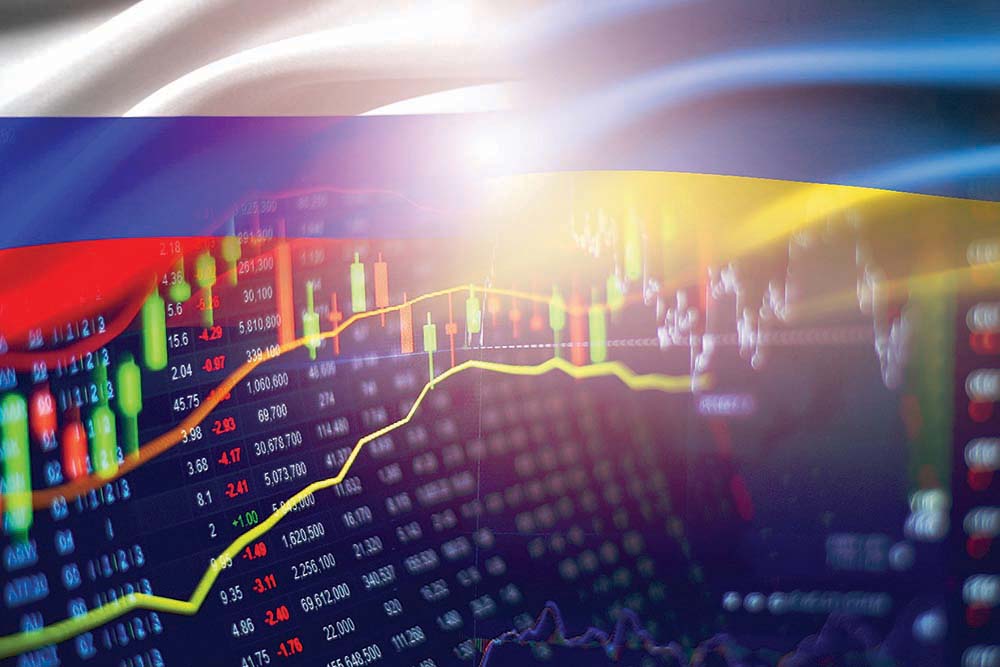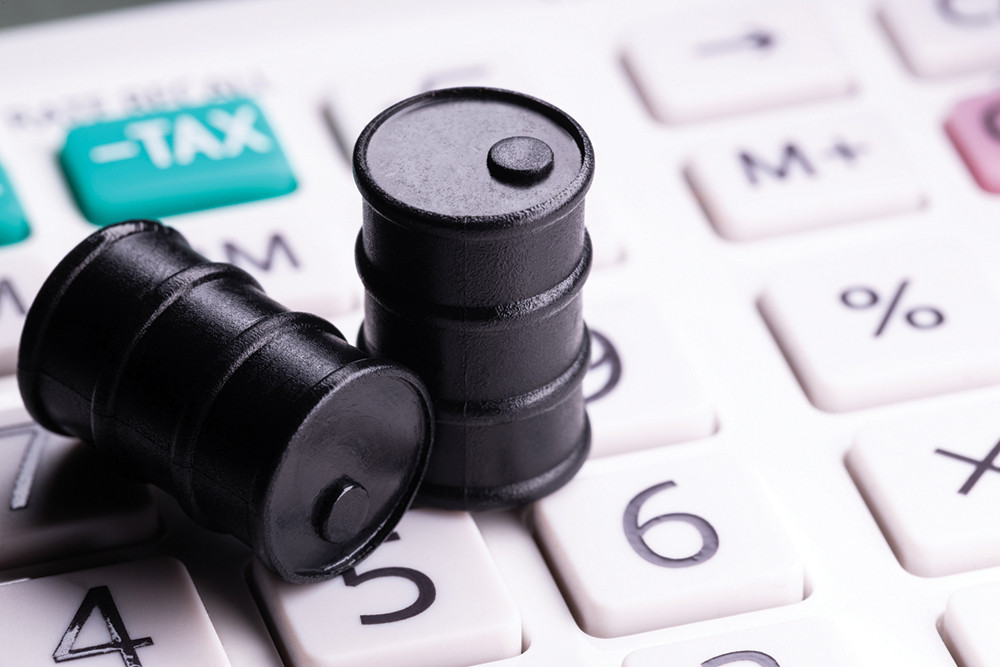
A common question that confronts a trader in their day-to-day trading is whether to select fundamental analysis or technical analysis, or both. These two classes are widely used while analysing the financial asset and answering the million-dollar question-to go long (buy) or short (sell). Traders look at numerous factors at their disposal while trading in the financial markets and the choice of financial instrument to trade is factored in the summary of these two analyses. Both forms of study allow a trader to collect evidence to form a decision about the trades they are considering initiating. The evidence is collected by traders from all sources and rarely will it all fall into just one category. Likewise, as more data is collected from varied sources, it will help traders to paint a complete picture of the market they are planning to trade in.
Fundamental Analysis
Fundamental Analysis refers to the analyses of various factors that contribute to change in the commodity’s supply and demand. For example, when the crude oil inventories data is published every Wednesday by Energy Information Administration (EIA), it allows a trader to form an assumption about whether the supply will increase or decrease in the future, driving the prices to go down or up respectively. The trader might initiate the sell position if prices are declining or initiate the buy position if prices are forecasted to incline. Several factors will increase or decrease the demand and supply of a commodity. These factors are complex and interrelated and their effect on price can change over time. A detailed model and analysis is required to create a complete picture of the fundamentals of the market. Supply and demand are slow to react to the changes in the market fundamentals usually in the form of market shocks which are normally not factored. Shocks can occur in the form of natural disasters, supply chain issues, or defects in the products. For example, if there is a natural disaster in a major crude oil-producing nation and the ships cannot unload their cargo, it creates a surprise and an immediate reduction in the supply that may not have been initially predicted in a supply and demand model.Technical Analysis
Technical Analysis is studying past prices and chart movement to identify the next move in prices. It is simply the studying of historical prices and emerging patterns to forecast the direction of the market. It uses the visual representation of the price to help illustrate where the price is and where it may move in the future. There are various tools and indicators that traders may use to help in the decision process. A trader can look for candlestick patterns like a hammer, hanging man, bullish engulfing, bearish engulfing, morning star or evening star. Chart patterns like a double top, double bottom, head and shoulders, ascending triangle and descending triangle or indicators like Simple Moving Average (SMA), Relative Strength Index (RSI), Moving Average Convergence Divergence (MACD) and Bollinger Bands can also assist traders. For professional traders, advanced technical tools like Fibonacci and Elliot Wave are also used. A common area of interest for traders is the levels of support and resistance. Traders will look at these levels and make buy and sell decisions when the price is at a level that the technical analyst believes is a key buy or sell level. Support levels are below the current market price and the resistance levels are above the current market price. While each form of technical tool and indicator relies on different data sets and equations, all of them have a common goal - to assist the trader and build a more complete technical analysis of the market.Using Fundamental and Technical Analysis Together
Fundamental and Technical Analysis can be used simultaneously to provide traders with a bigger picture of the market. Numerous traders will build pricing models and then look at the charts to confirm their assumptions of entries and exits. On the other hand, many traders will first review the charts and then look at the fundamentals to see if the future supply and demand are sufficient to move the prices through the support and resistance levels. For example, if crude oil inventory report indicates a decline in supply increasing the price, the trader will support his hypothesis by looking at the various technical tools and indicators that he has employed. If the various technical tools and indicators do support this, then the conclusion will be to initiate a buy position in the contract since both the analysis confirm the direction of the commodity. However, the trader’s judgement and his past experiences will also influence the result.Conclusion
Fundamental analysis and technical analysis are both valid approaches when interpreting commodity markets. Both analyses provide helpful insights in identifying the various trends in the market. By comprehending market movements and the reaction to certain stimulants, it allows the traders to better grasp the choices they will be facing in the ensuing days in the financial markets. Although at the opposite ends of the spectrum, Fundamental and Technical Analysis are the two major schools of thought when it comes to approaching the financial markets. READ ALSO:
Published Date: June 5, 2022, 12:00 am
Post Comment
E-Magazine

Click Here To Read Full Issue
RELATED Commodity Perspective




